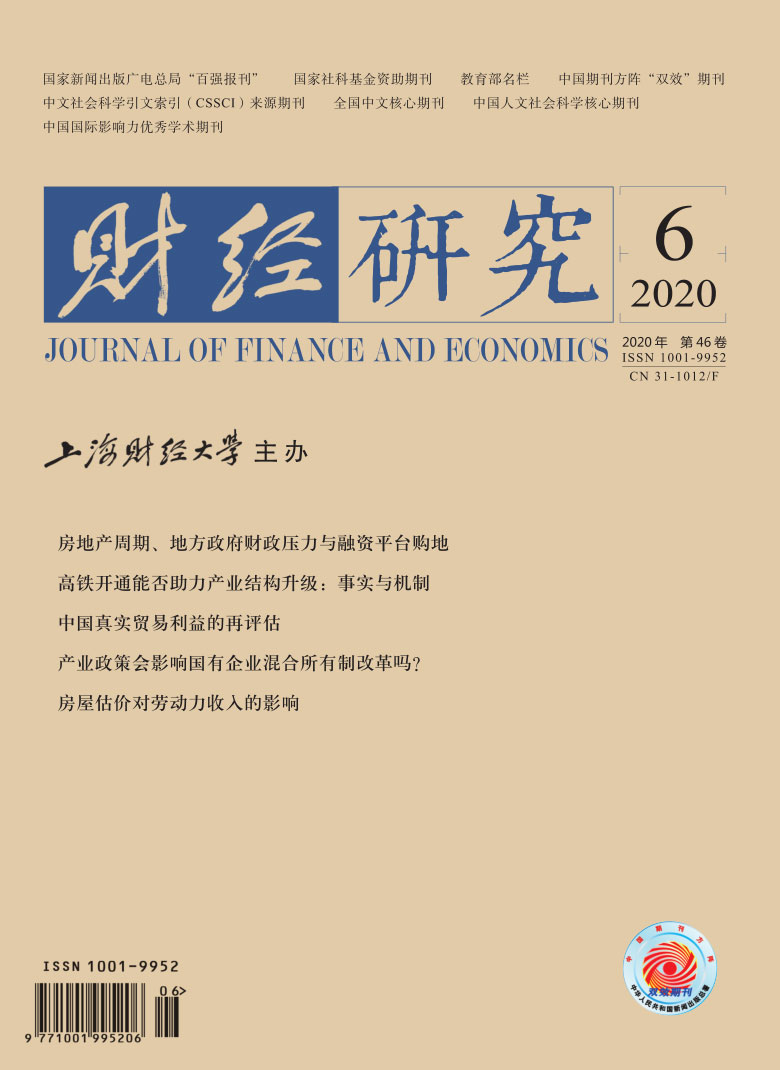Since the reform of the “tax-sharing system” in 1994, the problem of “unbalanced fiscal revenue and expenditure” of local governments has increasingly become a hot topic of concern to many observers. This is mainly reflected in the lack of budgetary fiscal revenue caused by the mismatch between financial power and responsibility. On the other hand, under the long-term promotion mechanism based on local GDP growth, local officials have continued enthusiasm for “investment attraction” and fixed asset investment. In the context of the central government’s “four-trillion” fiscal stimulus plan in 2008, a large number of local government financing vehicles(LGFVs hence after)have sprung up, and funds have been obtained through bank loans and “Municipal Investment bonds” to support infrastructure construction and stimulate local economic growth. The disorderly expansion of the financing vehicle business also inevitably accumulates a large amount of debt, which makes local governments face the pressure of debt repayment either explicitly or implicitly.
Faced with “budgetary pressures within the budget” and “debt pressures” outside the budget, local governments have increasingly relied on land sales for more than a decade. Land transfer income can not only supplement the local fiscal gap, but also become the most credible source of debt service income for local governments. In addition, land assets are the most important financing collateral for financing vehicles. Land income and land assets have become the most important means for Chinese local governments to make up for fiscal pressure and maintain local debt.
However, the income from local government land sales is not always stable, but is often affected by shocks from the housing demand side. In order to “cool down” the long-term “overheated” real estate market, the central government announced more than 30 national real estate regulation and control policies between 2003 and 2016. The most typical example is the two waves of “Purchase Restriction” during 2010 and 2013. These regulatory policies have caused short-term negative impacts on the real estate market and the land market, and have significantly reduced the land sales revenue of local governments. Faced with this situation, local governments with greater financial pressure will strive to find other ways to increase land sales income.
Under the above background, this article hopes to answer the following important economic question: What measures will local governments that rely on “land finance” take to smooth out fluctuations in fiscal revenue in the face of adverse real estate market shocks? Under the guidance of this goal, this article identifies and analyzes a potentially important mechanism: Chinese local governments use LGFVs to obtain land transfer fees and “feed back” budgetary fiscal revenue. Using micro data from land transfer and LGFVs, we find that the proportion of land purchased by LGFVs in Chinese cities for goods and services has a significant “reverse cycle”, that is, the proportion of transaction volume(area)during the real estate market adjustment period has increased significantly. Further analysis shows that for cities with greater “financial pressure” and higher incentives for local officials to promote, this “countercyclicality” is more intense. Secondly, the funds for land acquisition by LGFVs mainly come from the increase of debt, instead of the subsidies of local governments in the later period, which may further increase local hidden debt. Finally, the above “countercyclicality” mainly comes from the central and western regions and the small cities. The findings of this article are of great significance for the in-depth understanding of the operation mechanism of the “land finance” of local governments and the interactive relationship between “fiscal pressure” within the budget of local governments and “hidden debt” outside the budget.






 4972
4972  7474
7474

